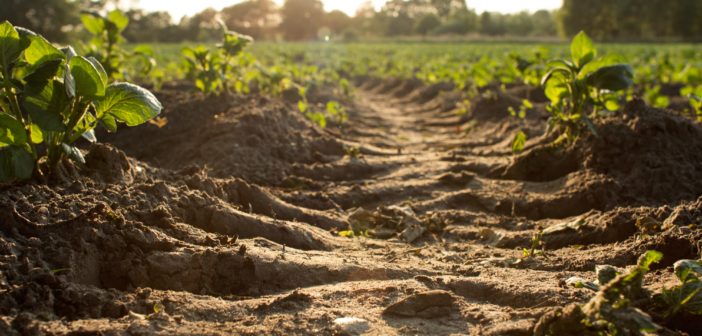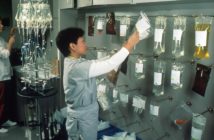While we in the United States take it for granted when we walk into a grocery store to buy food, most consumers take little if any time to think about the many steps it took to get many of those foods to the store and onto the shelves. However, as more and more problems begin to happen regarding food safety, many consumers are now beginning to ask questions about various aspects of the agricultural supply chain. Whether it is physically picking the foods in fields, having inspectors check food to ensure it is safe to eat, or perhaps how technology is used to keep track of many important steps along the way, there is much to learn about the modern agricultural supply chain. If you are ready to do so, here is everything you need to know.
Greater Emphasis on Traceability
For many years, grocers purchased foods from companies that involved numerous layers of collectors. However, as more problems have developed regarding food safety, the emphasis has shifted to buying foods directly from farmers or other organizations themselves, eliminating many unknowns along the way. As a result, there is now a greater emphasis on traceability within the agricultural industry. As for reasons why, some of the top ones include environmental sustainability and child labor, along with the ability to improve the quality of crops.
Blockchain Technology
With accountability now being a major issue in agriculture, technology is making its way into this area. The result has been what is known as blockchain, which is a type of technology that has been used primarily in cryptocurrency and other related transactions. However, as its effectiveness has become evident in recent years, it has been adapted for the agricultural supply chain. By implementing blockchain technology, consumers would then be able to know much more about the foods they buy, such as what fertilizers or chemicals were used in the soil, what was fed to animals being raised for food, and many other areas.
Cutting Consumer Costs
As farmers know, it is not easy to make a living in today’s modern world. Because of this, there is now tremendous pressure on companies to find ways to not only help farmers succeed, but also lower consumers costs in the grocery store. To do so, many experts believe streamlining the agricultural supply chain can accomplish both of these goals and many others. By removing various intermediaries within the supply chain, as well as eliminating food growers around the world who have been operating with fraudulent certifications and labeling, it is expected the supply chain could once again be trusted by consumers.
Reducing Disruptions
Since natural disasters are a part of living anywhere in the world today, governments and companies are working together to make sure fewer disruptions occur in the agricultural supply chain when a flood, earthquake, hurricane, or other event takes place. To make this happen, technology is once again being called upon to come to the rescue. In fact, advanced agribusiness software is being developed that will not only allow companies and governments to draw up contracts and contingency plans far ahead of any situations, but also make it easier for each player involved in the supply chain to better understand their role. In doing so, the result can not only be better disaster preparedness, but also a safety net to ensure food prices do not substantially increase should a natural disaster take place.
Additional Data for Farmers
While farmers are the backbone of the agricultural supply chain, there is surprising data regarding the amount of information they are given about the supply chain itself. Based on available statistics, most farmers currently perform their daily operations while at only 40% of their capacity to access information about the supply chain. Thus, by creating a much bigger emphasis on supply chain technology for today’s modern farmers, the result can be farmers who can not only plan and harvest more effectively and efficiently, but also gain greater access to more markets. If all goes as planned, farmers would once again be able to turn a profit, leading to greater production and reduced costs to consumers when they go to the store to purchase their favorite foods.




